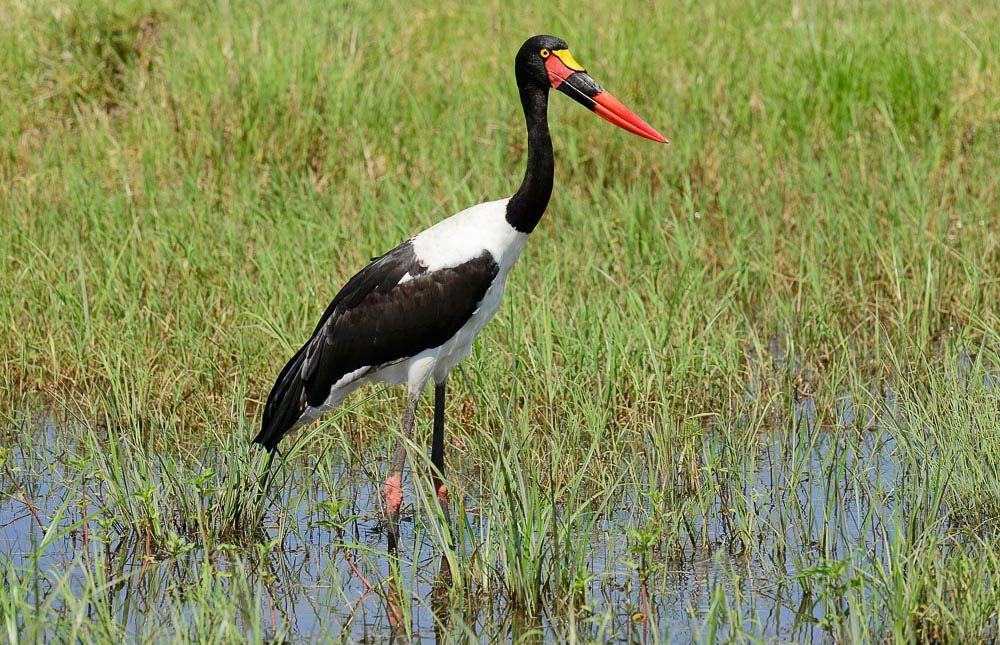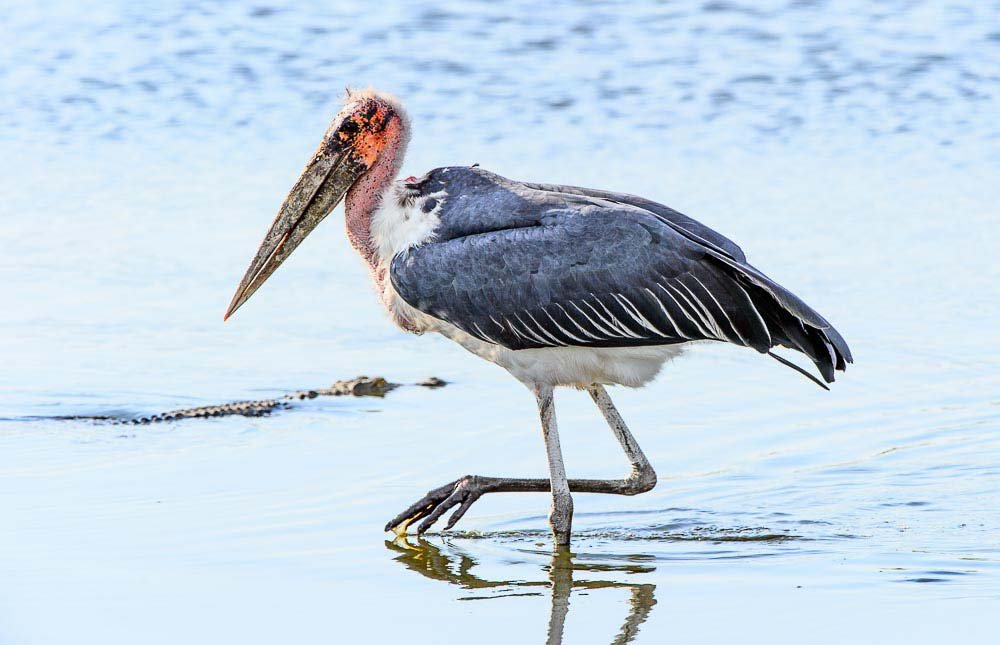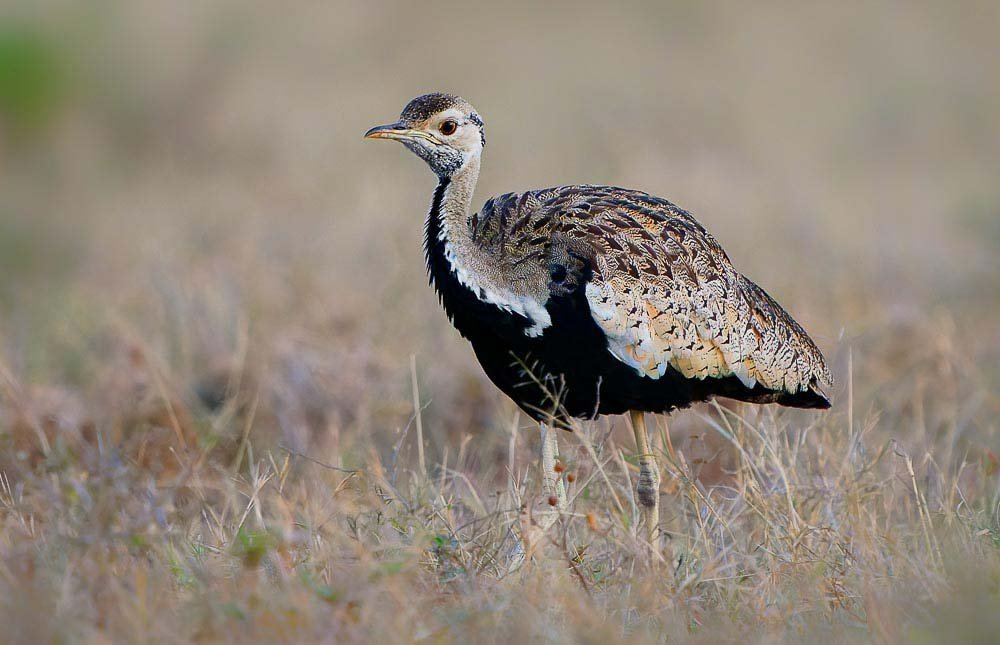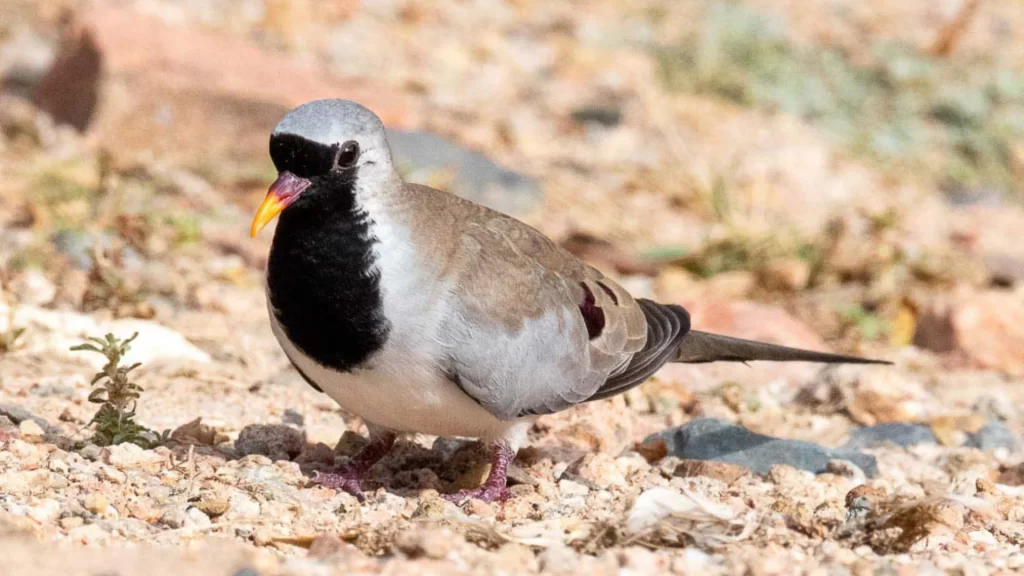Mikumi National Park is in central Tanzania. Indeed, it stands as the country’s fourth-largest national park. Established in 1964, it spans about 3,230 square kilometers. Its location near Morogoro city makes it highly accessible. Specifically, this is true for visitors from Dar es Salaam. Furthermore, a well-maintained tarmac road conveniently cuts through the park. This unique feature divides this Tanzanian gem into two main areas. The park’s open horizons and abundant wildlife often resemble the famous Serengeti Plains. Consequently, the diverse landscape of Mikumi National Park includes vast savannahs, acacia woodlands, and rocky outcrops. These create varied habitats for many species.
Wildlife Spectacle within Mikumi’s Plains
What amazing wildlife thrives in Mikumi National Park? Primarily, the park boasts many African elephants. Also, large herds of buffalo, zebra, and wildebeest live here. Lions appear frequently. Sometimes, they even climb trees. Leopards and hyenas also inhabit this vibrant ecosystem. Moreover, you can spot graceful giraffes and impalas. Various antelope species are present. For example, these include eland, the world’s largest antelope. You’ll also find impressive greater kudu and sable antelope. Two artificial pools near the main gate teem with hippos. Therefore, they offer excellent viewing of these fascinating creatures. You’ll also see many waterbirds. Birdwatchers delight in this national park. Over 400 bird species are recorded here. Notably, these include colorful residents and European migratory birds. They arrive during the wet season.
Planning Your Mikumi National Park Adventure
Visiting Mikumi National Park provides a rewarding safari experience. The best time to go for optimal wildlife viewing is the dry season. This runs from June to October. During this period, animals gather around dwindling water sources. Hence, this makes them easier to spot. Activities within this fantastic park primarily include game drives. Explore the Mkata Floodplain. Much of the wildlife gathers there. Additionally, guided walking safaris offer a chance to explore on foot. Appreciate smaller details of the Mikumi environment. Camping facilities are available. Thus, stay overnight for an immersive experience within Mikumi. Finally, its strategic location is a major benefit. Mikumi National Park combines easily with other southern circuit parks. Consider, for instance, Nyerere National Park or Ruaha National Park. This offers a comprehensive Tanzanian adventure.



















